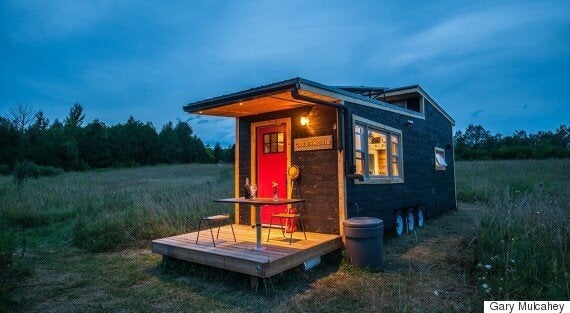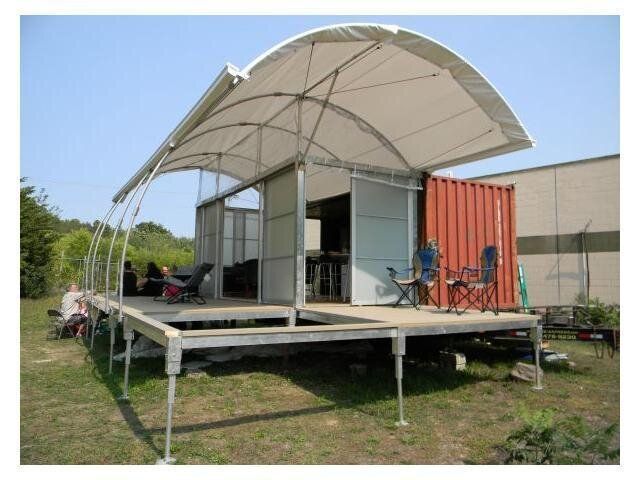Tiny houses are a wonderful option for people who want to have their own, mortgage-free home. The tiny house movement is growing in popularity because it allows people to build homes that are more environmentally sustainable. Being compact, tiny houses require you to parse down your possessions for a simpler, cheaper lifestyle.
What is a Tiny House?
The concept behind tiny houses is that they are smaller than the minimum requirement for a building permit, which helps to keep costs low. These dimensions vary from area to area, so start by checking the maximum size a house can be before it needs a building permit in your area.

Many tiny houses are built on chassis so that they can be moved from place to place. Being mobile is a huge advantage and it helps to circumnavigate building permits in some areas.
Other common features are loft bedrooms which give you more living room downstairs. Storage under stairs gives you more room and compact kitchens help to give you more living area.
Check with your local building codes and authorities to see if tiny houses are permitted in your area. Some progressive jurisdictions have seen the environmental advantages and sustainability of the tiny house movement, while others do not permit the building of tiny houses at all.
How do I Start my Tiny House Build?
Every successful tiny home build requires careful planning and there are more tiny house designs than the day is long, but this shouldn't intimidate you. Instead, draw inspiration from all those clever uses of space and get design ideas from those who have gone before you. Once you have ascertained that you are able to build a tiny home in your area, you need to map out how you will use your limited space.
Remember to think practically and to maximize the use of every inch of space.
Building a tiny house is a big undertaking and you should have some experience and a designer who is able to create a plan that best suits your needs, your climate zone and your budget.
Going off grid is another way to reduce your environmental impact and your monthly bills. Renewable energy sources like solar come into play here with composting toilets and rainwater catchment or well water for your plumbing needs.
Here are some basic free tiny house floor plans that will help you to get an idea of your options. Remember to think practically and to maximize the use of every inch of space.
- Tiny House Design features seven different tiny house plans for you to download.
- Ana White recently undertook the building of her Quartz tiny house in Alaska where she lives with her family. Get her free tiny house plans .
- Cottage Life offers you free plans for a guest bunkie complete.
Starting the Build
Once your plans are solidified, you can order all your materials. Store wood sheathing panels onsite so they can acclimate to ambient moisture conditions. This will prevent nail pops and buckling of walls, flooring and roofing once the building is done.
Keep an eye on your budget; you'll be amazed at how quickly you accrue costs. Sourcing used materials and repurposing items is part of the tiny house culture that can really save you money.
Follow HuffPost Canada Blogs on Facebook
Also on HuffPost:
